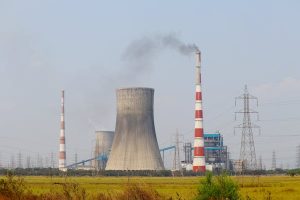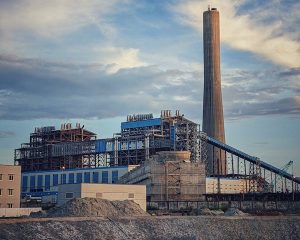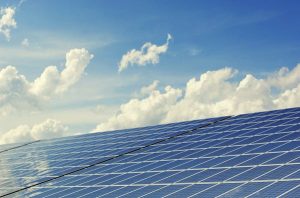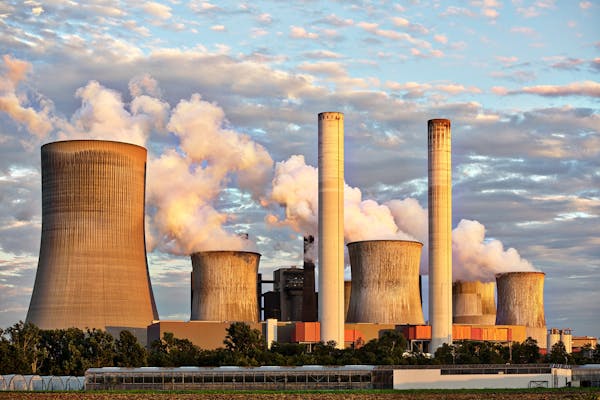Top 5 Ultimate Guide to London Thermal Energy Hub
Table of Contents
Introduction About Thermal Energy Hub in London

London is one of the world’s leading cities, and stands at the forefront of innovation, particularly in addressing its energy needs sustainably. At the heart of its energy infrastructure lies the Thermal Energy Hub, a dynamic network of power generation and distribution facilities that ensures the city’s energy security while advancing its sustainability goals.
Key Factors of London Thermal Energy Hub
1. A Nexus of Energy Generation:

London Thermal Energy Hub serves as a critical nexus for various energy generation technologies, providing a diverse mix of sources to meet the city’s demand. This mix includes traditional fossil fuel-based power plants as well as cutting-edge renewable energy sources. The integration of multiple energy sources enhances the resilience of London’s energy supply, ensuring uninterrupted power even during peak demand periods or disruptions in supply chains.
2. Embracing Clean Technologies:
In recent years, London has made significant strides in embracing clean energy technologies within its Thermal Energy Hub. This shift is driven by a growing awareness of the environmental impacts of fossil fuel combustion and a commitment to reducing greenhouse gas emissions.
Natural gas-fired power plants equipped with advanced emissions control systems have become increasingly prevalent, offering a cleaner alternative to coal-fired plants. Additionally, London has been investing in renewable energy sources such as solar and wind power, harnessing the abundant natural resources available in the region to generate clean electricity.
3. Enhancing Efficiency Through Combined Heat and Power:

A key feature of London’s Thermal Energy Hub is its utilization of combined heat and power (CHP) systems, which maximize energy efficiency by simultaneously generating electricity and capturing waste heat for heating and cooling purposes. CHP systems achieve efficiencies of up to 80%, significantly higher than traditional power generation methods that waste heat as a byproduct.
By capturing and utilizing waste heat, CHP systems reduce the overall energy consumption and carbon footprint of buildings and facilities connected to the Thermal Energy Hub, contributing to London’s sustainability objectives.
4. District Heating and Cooling Networks:
London’s Thermal Energy Hub is supported by extensive district heating and cooling networks, which distribute energy to buildings and facilities across the city. These networks utilize insulated pipes to transport hot water for heating and chilled water for cooling, providing a reliable and cost-effective solution for meeting the heating and cooling needs of residential, commercial, and industrial users.
By centralizing energy production and distribution, district heating and cooling networks reduce the reliance on individual heating and cooling systems, resulting in energy savings and reduced greenhouse gas emissions.
5. Advancing Sustainability Goals:
Through the integration of clean technologies, combined heat and power systems, and district heating and cooling networks, London’s Thermal Energy Hub is instrumental in advancing the city’s sustainability goals. By reducing reliance on fossil fuels, minimizing energy losses, and optimizing energy distribution.
The Thermal Energy Hub contributes to London’s efforts to mitigate climate change, improve air quality, and enhance energy resilience. Additionally, the Thermal Energy Hub plays a crucial role in supporting the city’s transition to a low-carbon economy, providing a blueprint for sustainable urban energy infrastructure development.
London’s Thermal Energy Hub Cost

we can discuss some general factors that influence the cost of establishing and maintaining such a complex infrastructure.
1. Infrastructure Development:
The initial cost of building the thermal energy hub includes expenses related to land acquisition, construction of power generation facilities, installation of equipment (such as boilers, turbines, and heat exchangers), and the development of district heating and cooling networks. These costs can vary significantly depending on the scale of the project, location, and technological specifications.
2. Technology and Equipment:
The choice of technology and equipment used in the thermal energy hub plays a crucial role in determining its cost. Investments in advanced, energy-efficient technologies, such as combined heat and power (CHP) systems and renewable energy sources, may involve higher upfront expenses but can result in long-term cost savings and environmental benefits.
3. Regulatory Compliance:
Compliance with environmental regulations and standards adds another layer of cost to the development and operation of the thermal energy hub. Investments in emissions control technologies, monitoring systems, and regulatory compliance measures are essential to ensure that the thermal energy hub meets legal requirements and operates in an environmentally responsible manner.
4. Maintenance and Operations:
Beyond the initial construction phase, ongoing maintenance and operations constitute a significant portion of the cost of running the thermal energy hub. This includes expenses related to routine maintenance, equipment upgrades, fuel procurement, personnel salaries, and administrative overhead. Regular maintenance is essential to ensure the reliability, efficiency, and safety of the infrastructure.




